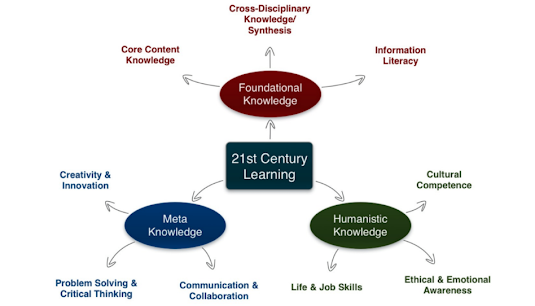SAMR and TPACK models.
As an online teacher, I am familiar with online lesson planning. I usually use online tools and
dynamic platforms that call students´ attention and engage them in classes,
having in mind that one of my functions is being an online class designer in a private academy and that teachers need to sell classes with their
new ideas so they get more students´ enrollment. The classes need to be
appealing, but above all, they ought to have consistency in the framework. This
is why I consider that SAMR and TPACK models can guide teachers in their lesson
planning because they put at play several concepts, recommendations, challenges
and so on in the transition from the materials and tasks of face-to-face classes to
online-designed classes.

Recently, I have thought about my classes online and to what extent they cover the SAMR levels. Having established that my classes are online, substitution is the only way to deliver my classes, with worksheets, Prezi presentations, graphs and visual aids. Then I support and assess the information using websites and online tools, such as Padlet, quizzes, Kahoot or any game platform that helps me get augmentation level. However, I have to admit that I get short when I need to create modification and redefinition levels. I guess the method, time and academy framework have made me restrict myself to providing activities that go beyond.
There is no justification for the lack of activities in the transformation section. I would like to see this self-assessment of my classes as the beginning of a new way to teach them. Gaining consciousness about these models of planning opens up not only the possibility of new methodologies in my online classes, but also the possibility of changing my perception of students´ capacities and independence. It is necessary to challenge students’ curiosity and guide them to the 21st century learning, promoting their functional, humanistic, and metacognitive knowledge.
With these models, we can promise our students the exploration of their independence in their learning process, give them an active role, so they can stop thinking that the teacher is the only one who creates tasks. We can prepare them and facilitate spaces where they can develop their inventiveness, cultural knowledge, critical thinking and collaborative work. The following video is very inspirational for me, and I think it is tightly related to the purpose of the models to plan our classes.
It has interactive activities completely online that reach the SAMR levels, it goes from the creation of a podcast to the posting of students´ memes.
Students memes activity was really engaging. Padlet.
.jpg)
.jpg)









